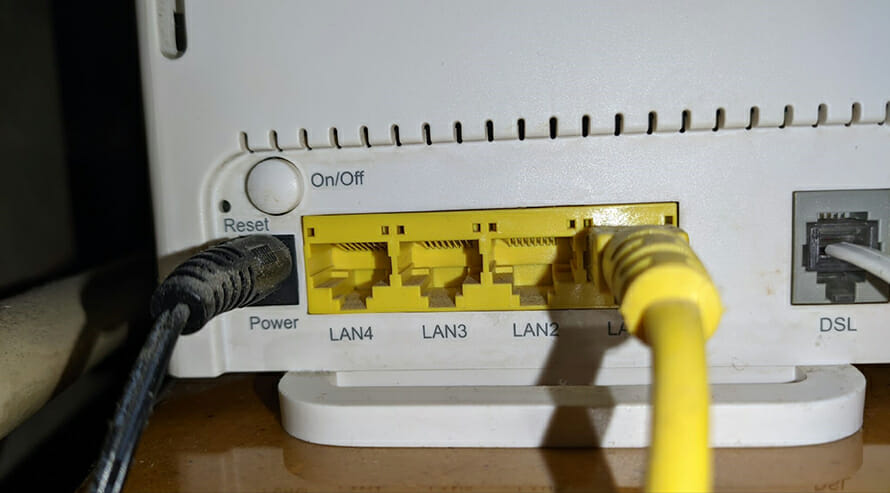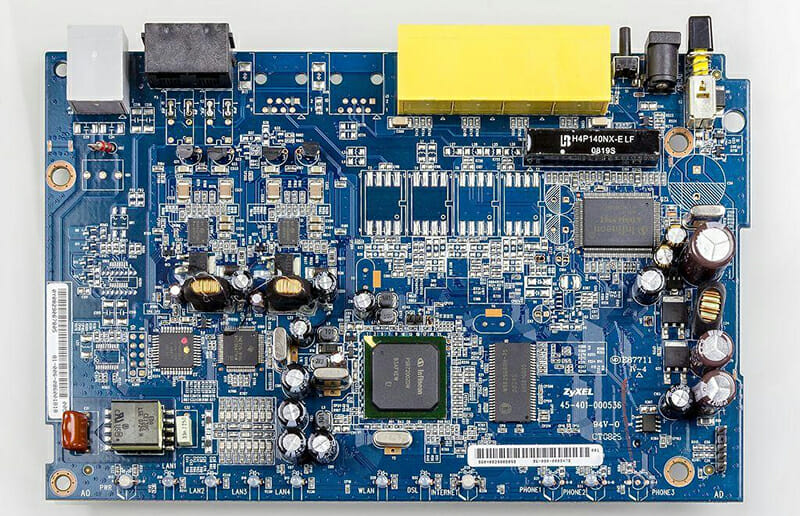Why Rebooting a Router Fixes Almost All Issues? (And Do You Need to Wait 10 Seconds?)

While modern technology is getting more and more complex, we still rely on the simplest of solutions to solve our problems. Most modern electronics are too fragile to take a solid hit as old cathode-ray tube TVs and screens could, a power cycle is still one of the most effective ways to start troubleshooting a misbehaving device.
Routers are like any modern piece of hardware, they can start behaving strangely. Rebooting a router usually solves most networking issues and here are a couple of reasons why.
What a Reboot Does
Rebooting your router, or restarting it, is a process where you shut down your router, wait a couple of seconds, usually a minute or two, and then turn it back on again. Unlike a computer, routers do not usually have a physical restart/reboot button, which would initiate a hard restart.
A hard restart or reboot is when you physically reboot the system, using power cycling methods, rather than initiating it on command from your operating system. In the case of routers, very few of them have a restart button, which leads people to turn it off or on again.
Some routers have a reset button, which is hidden and needs to be pressed with a needle. A reset is a different process.
What a Reset Does
Resetting a router can be done in two ways, physically and by using the router’s software, which is typically accessed through a browser. A reset means to erase and set anew. Resets are typically used when you want to diagnose problems and when you have suspicions that changes in a device’s settings are responsible for the problem.
A reset results in the settings being set to factory or default, which can help some problems, but not all of them, and does not work in the same way that a restart does. While both can be useful, the first one to use to troubleshoot networking problems should be a restart.
Here is how to do a proper restart.

A reboot is done by turning the device off and on again. A reset can be done physically, through the recessed connector, but is a process where the device restores default settings.
While waiting for the capacitors to be drained, check the cables for damage or whether they are connected properly.
How to Restart Your Router
Modern routers are typically routers and modems at once, while also being able to provide access points. There is a lot that can go wrong here, from kernel panic, a CPU error, overheating or simply, a loop.
A hardware restart is one of the best ways to tackle such a problem.
- Turn off your router
- Wait up to a minute or two, to be safe
- While waiting, check all the cables to see if they are connected to their respective connectors and inspect them for damage
- Turn it back on again
- Wait to see if the results are any different
This should be enough to cycle the power through the router, draining it of all of the power. When it’s started back up, it should go through the entire process of connecting you to the internet from scratch, stopping any previous attempts, loops or panics.
Waiting for a minute or two between power cycles is necessary, which should be the same if you want to diagnose a computer or any other malfunctioning electronic device, whether a guitar amplifier or a smartphone.
Why Do We Have to Wait?
Every piece of electronic device nowadays, whether simple analog devices or complex devices such as long-range routers, have capacitors. Capacitors are used to filter power, store power, filter frequencies, block DC current, store information and more.
Capacitors tend to store energy even after a device has been turned off. If you turn on your device shortly after it has been turned off, it might retain the previously used information and that might cause errors and your problem will not be closer to a solution.
Waiting for a minute or two should be enough for a router that doesn’t deal with high voltages or a lot of currents. When working on devices which have larger filter capacitors, one has to drain them in order to safely work on a device, typically within amplifiers.

A PCB of a router, showing various chips as well a plethora of capacitors that have to be drained in order for the router to start the power cycle anew. Source: Raymond Spekking
Other Alternatives to Solving Network Problems
A power cycle is a good place to start if you want to solve any networking issues such as an intermittent connection or a bad connection. However, bad WiFi can be caused by your router being placed in a terrible position and you having many dead zones to deal with.
If a power cycle doesn’t solve a networking issue, then there might be a bad DSL or optic cable involved or even an ethernet cable. If neither of those is the problem, the router might be going bad.
Sometimes, none of these is the problem and it is up to the ISP to fix it, whether locally, or on their end. If a simple power cycle doesn’t solve your issue and it keeps repeating, consider contacting your ISP’s customer service.
Conclusion and Summary
A router can go bad or have a kernel panic, even routers from reputable companies such as Netgear and TPLink, so restarting them is one of the first things to do when they show problematic behavior.
Whether intermittent connections or a complete loss of connection, a power cycle and a close inspection of the cables is the first step to often successfully troubleshooting your networking issues. Waiting for up to two minutes is necessary to allow the capacitors in the router to drain, allowing for a complete power cycle.
Routers benefit from regular reboots, either to clear their memory or combat malware, both of which result in a performance increase.